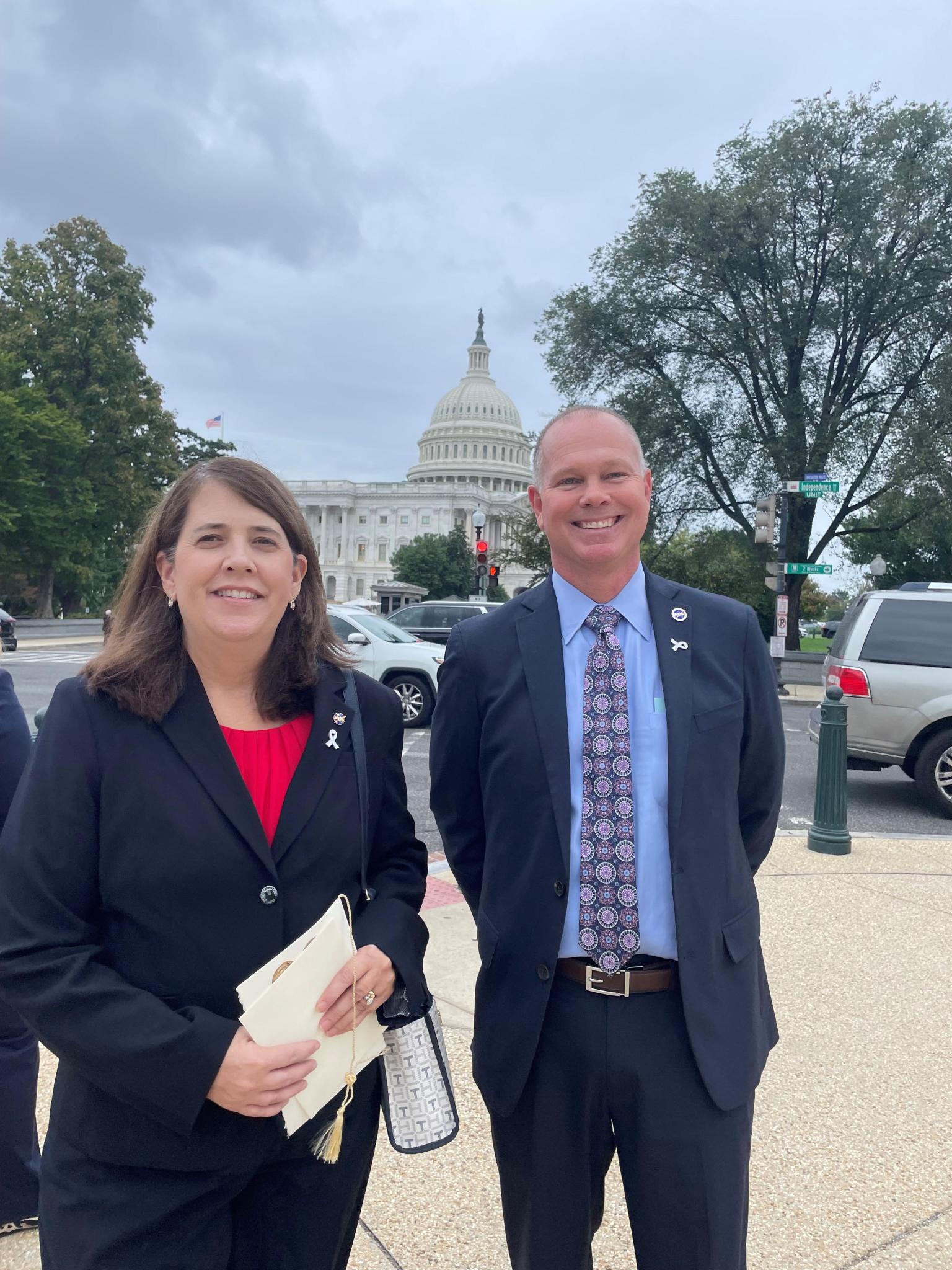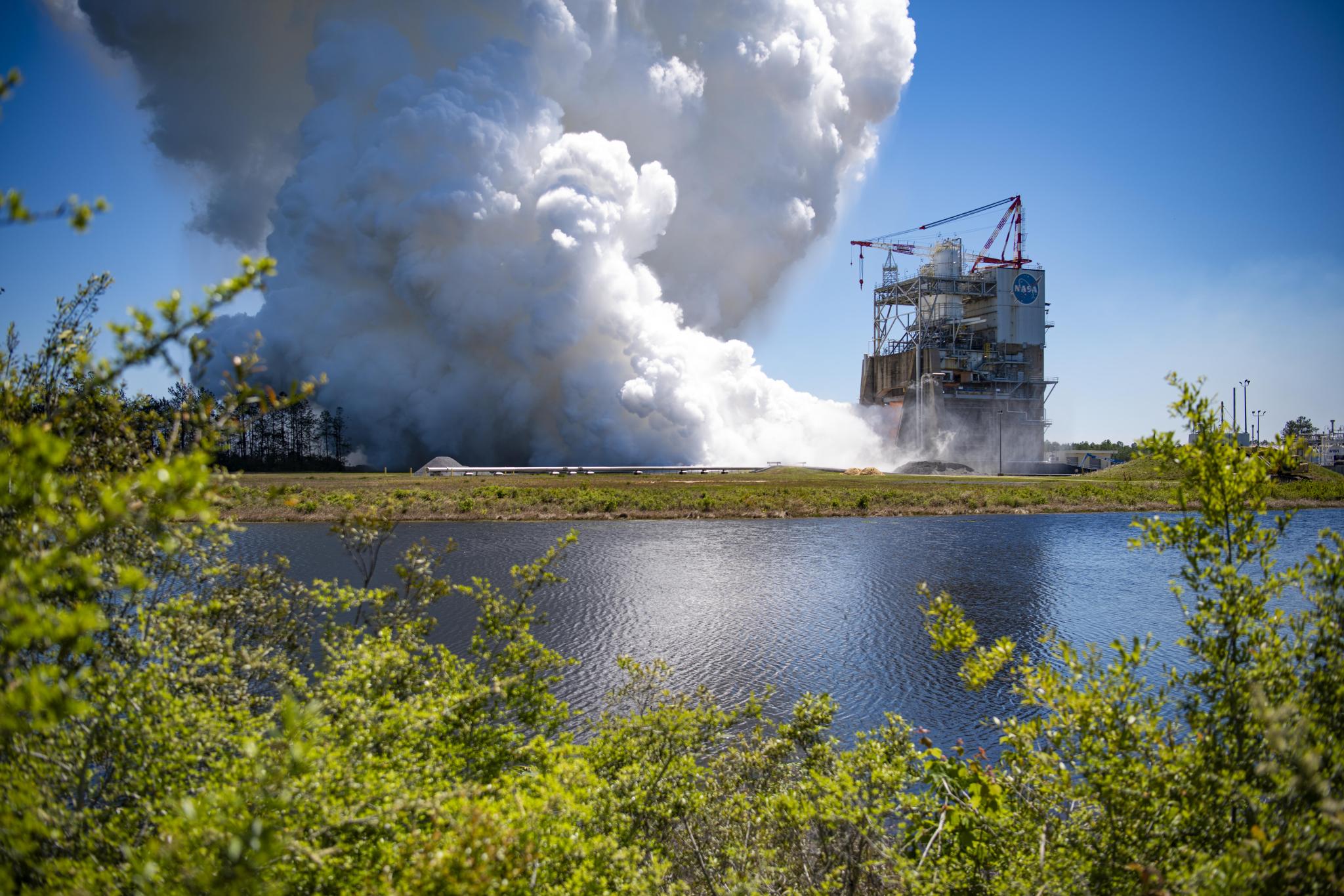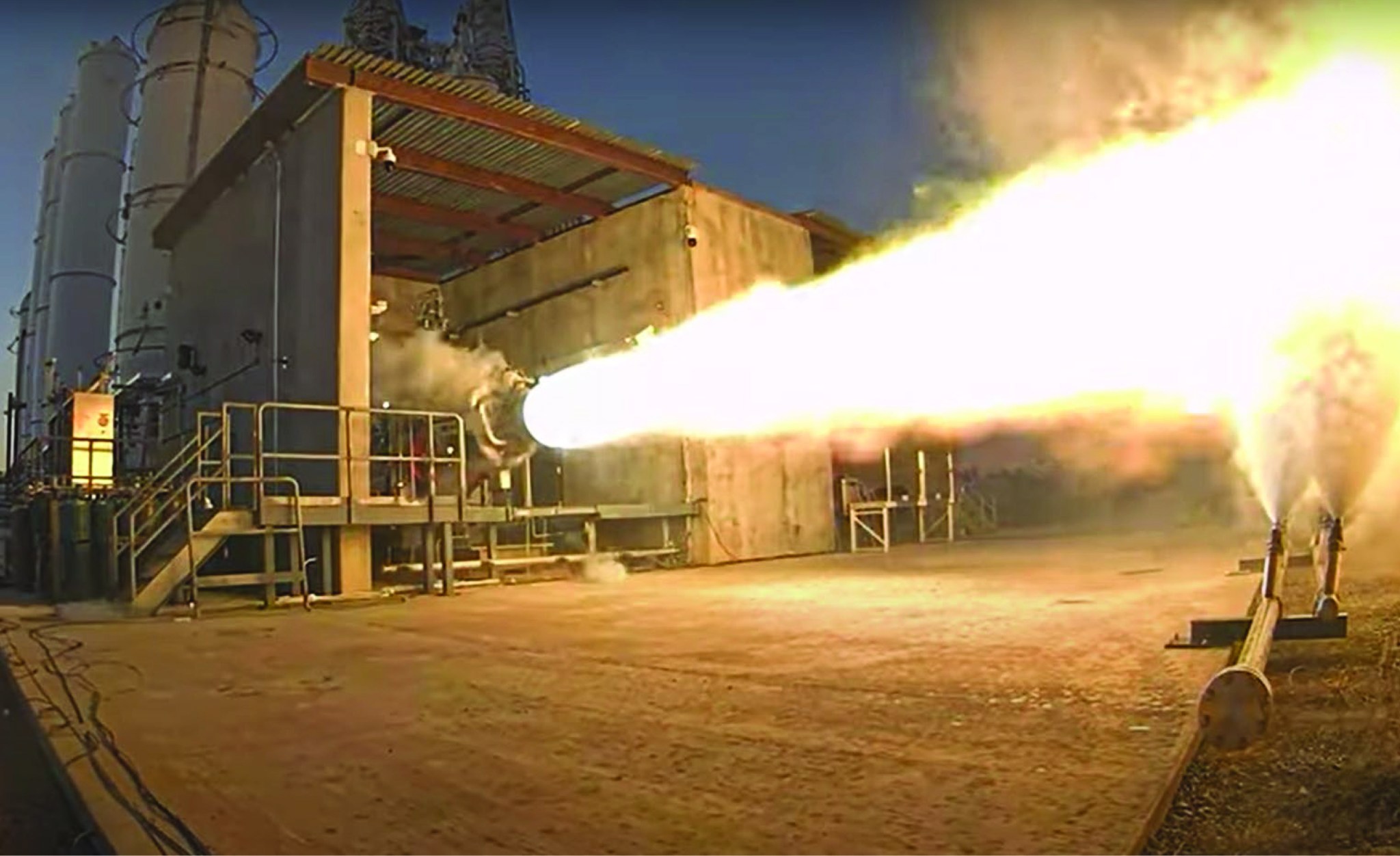NASA’s Stennis Space Center near Bay St. Louis, Mississippi, celebrated propulsion testing and site operations milestones in 2024, all while inspiring the Artemis Generation and welcoming new leadership that will help NASA Stennis innovate and grow into the future.
Featured highlights show a year of progress and vision, as NASA Stennis accelerates the exploration and commercialization of space, innovates to benefit NASA and industry, and leverages assets to grow as an impactful aerospace and technology hub.
“These highlights are just a small snapshot of 2024 at NASA Stennis that show the future is bright,” Bailey said. “We have an incredibly talented and committed team of employees – and all of Mississippi can be proud of the work they do here at NASA Stennis. Together, with the Artemis Generation leading the way, we are returning to the Moon. Together, we are a part of something great.”
New Center Leadership
NASA Administrator Bill Nelson named John Bailey as director of NASA Stennis in April. Bailey had been serving as acting director since January 2024. “So much of NASA runs through Stennis,” said Nelson. “It is where we hone new and exciting capabilities in aerospace, technology, and deep space exploration. I am confident that John will lead the nation’s largest and premier propulsion test site to even greater success.”
Four months later in August, Bailey announced that longtime propulsion engineer/manager Christine Powell had been selected as deputy director of NASA Stennis.
Powell, the first woman selected as NASA Stennis deputy director, began her 33-year agency career as an intern at the center in 1991. She previously worked in multiple Engineering and Test Directorate roles, and most recently served as manager of the NASA Rocket Propulsion Test Program Office.
Propulsion Activity
NASA achieved major milestones for future Artemis missions at NASA Stennis in 2024. The NASA Stennis test team successfully completed a second – and final – RS-25 engine certification test series in April. The mission-critical series verified engine upgrades designed to enhance efficiency and reliability for future SLS (Space Launch System) missions.
NASA Stennis crews also completed a safe lift and installation of the interstage simulator component in October needed for future testing of NASA’s exploration upper stage in the B-2 position of the Thad Cochran Test Stand. The component will function during Green Run testing like the SLS interstage section that helps protect the upper stage during Artemis launches.
The test complex milestones support NASA’s goal of returning humans to the Moon and paving the way for future Mars exploration through Artemis missions.
Commercial Testing
Already the nation’s largest multiuser propulsion test site, NASA Stennis aims to continue fueling growth of the commercial space market even further by working with aerospace companies to support a range of testing needs. In 2024, NASA Stennis supported work conducted by commercial companies such as Boeing, Blue Origin, Evolution Space, Launcher (a Vast company), Relativity Space, Rocket Lab, and Rolls-Royce.
Officials from NASA Stennis and Roll-Royce also broke ground in June for a test pad located in the NASA Stennis E Test Complex. Rolls-Royce will conduct hydrogen testing for the Pearl 15 engine, which helps power the Bombardier Global 5500 & 6500 aircraft.
ASTRA Mission Success
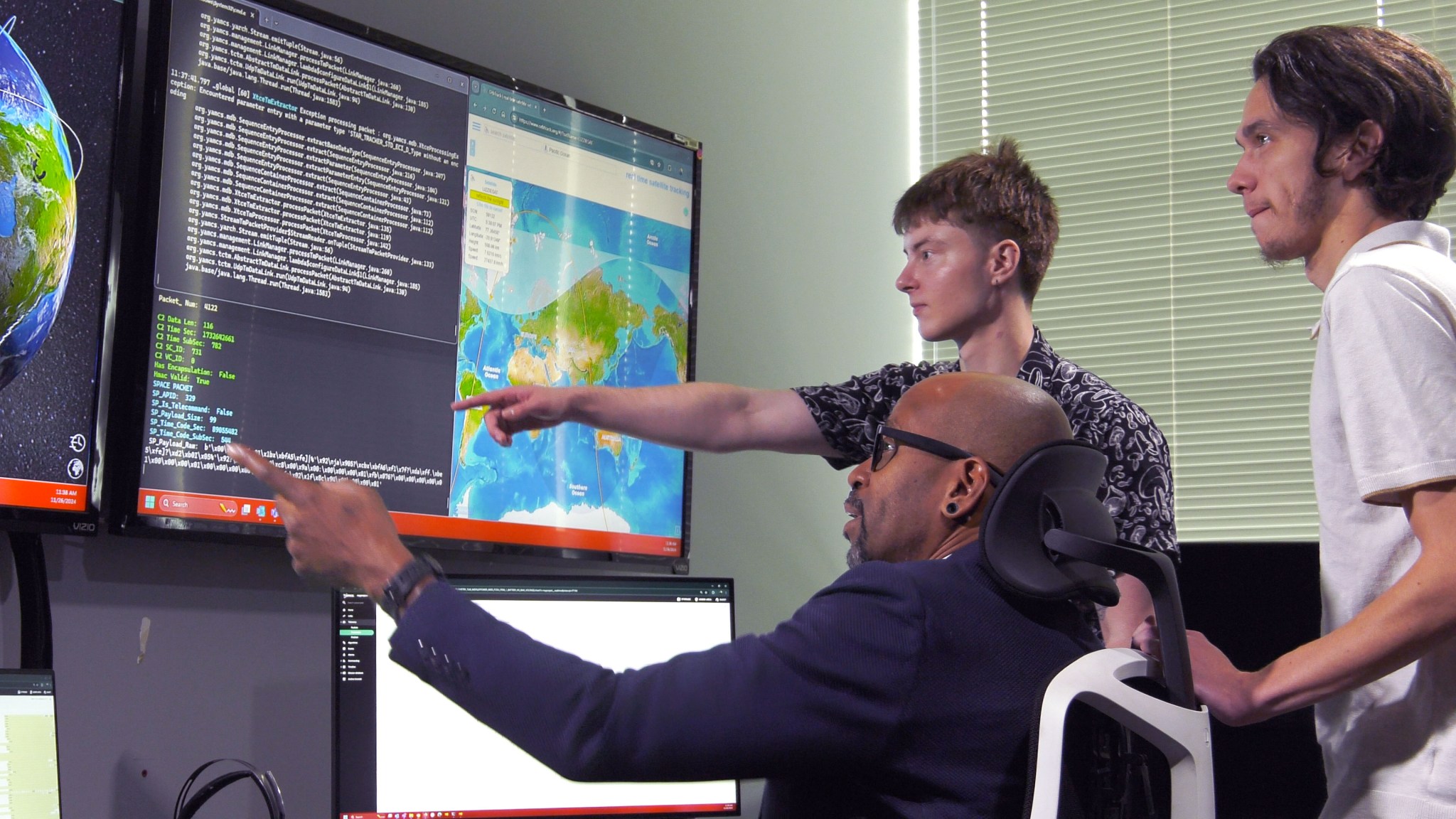
In July, NASA Stennis and commercial partner Sidus Space Inc. announced primary mission success for the center’s historic in-space mission – an autonomous systems payload aboard an orbiting satellite.
ASTRA (Autonomous Satellite Technology for Resilient Applications) is the on-orbit payload mission developed by NASA Stennis. The NASA Stennis ASTRA technology demonstrator is a payload rider aboard the Sidus Space premier satellite, LizzieSat-1 (LS-1) small satellite. Partner Sidus Space is responsible for all LS-1 mission operations, including launch and satellite activation, which allowed the NASA Stennis ASTRA team to complete its primary mission objectives.
NASA Stennis announced in September it will continue the center’s in-space autonomous systems payload mission through a follow-on agreement with Sidus Space Inc.
Range Operations
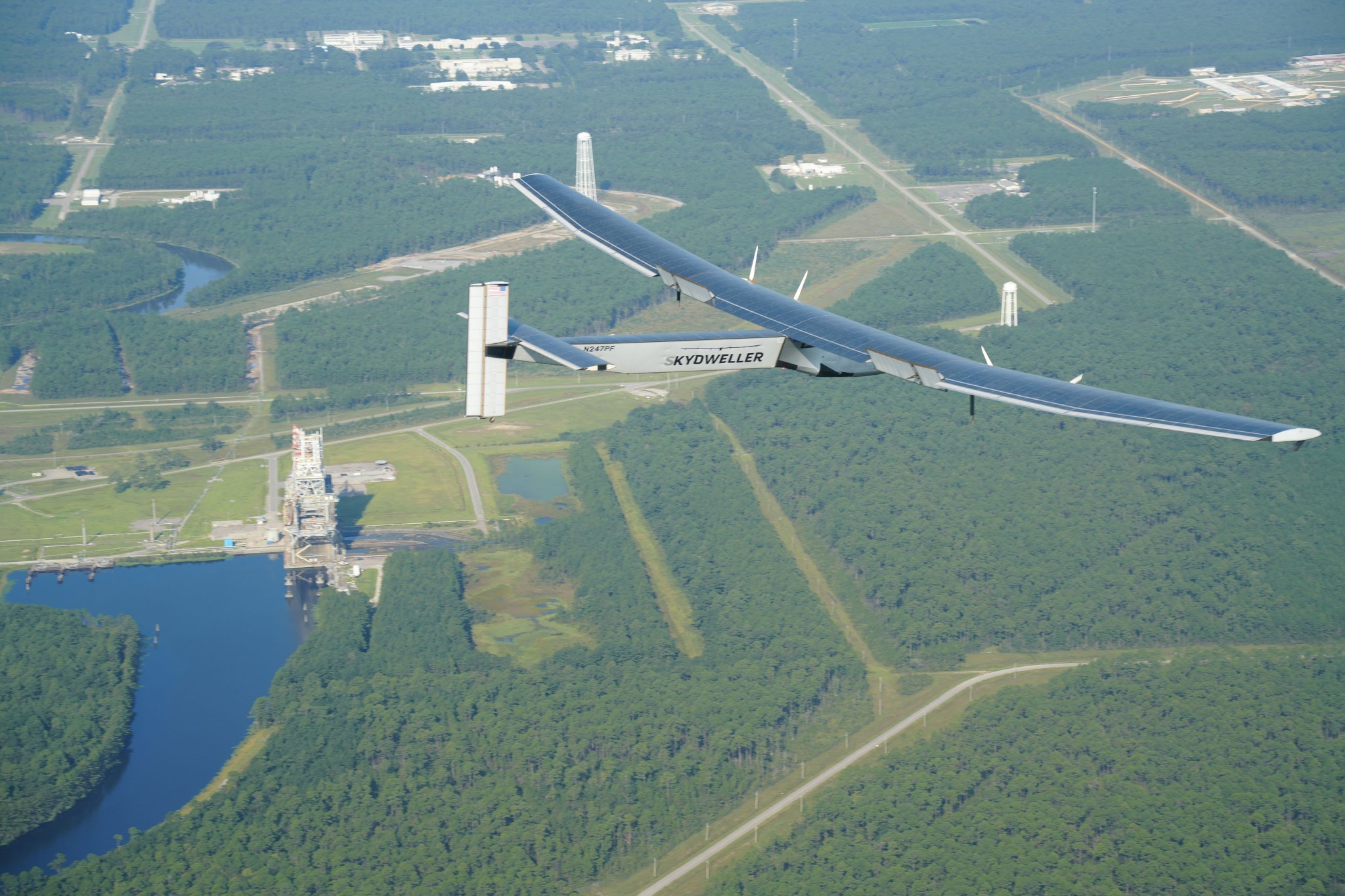
During 2024, NASA Stennis entered into an agreement with Skydweller Aero Inc. for the company to operate its solar-powered autonomous aircraft in the site’s restricted airspace, a step towards achieving a strategic center goal.
The agreement marked the first Reimbursable Space Act agreement between NASA Stennis and a commercial company to utilize the south Mississippi center’s unique capabilities to support testing and operation of uncrewed systems.
The company announced in October it had completed an initial test flight campaign of the aircraft, including two test excursions totaling 16 and 22.5 hours.
NASA Engagement
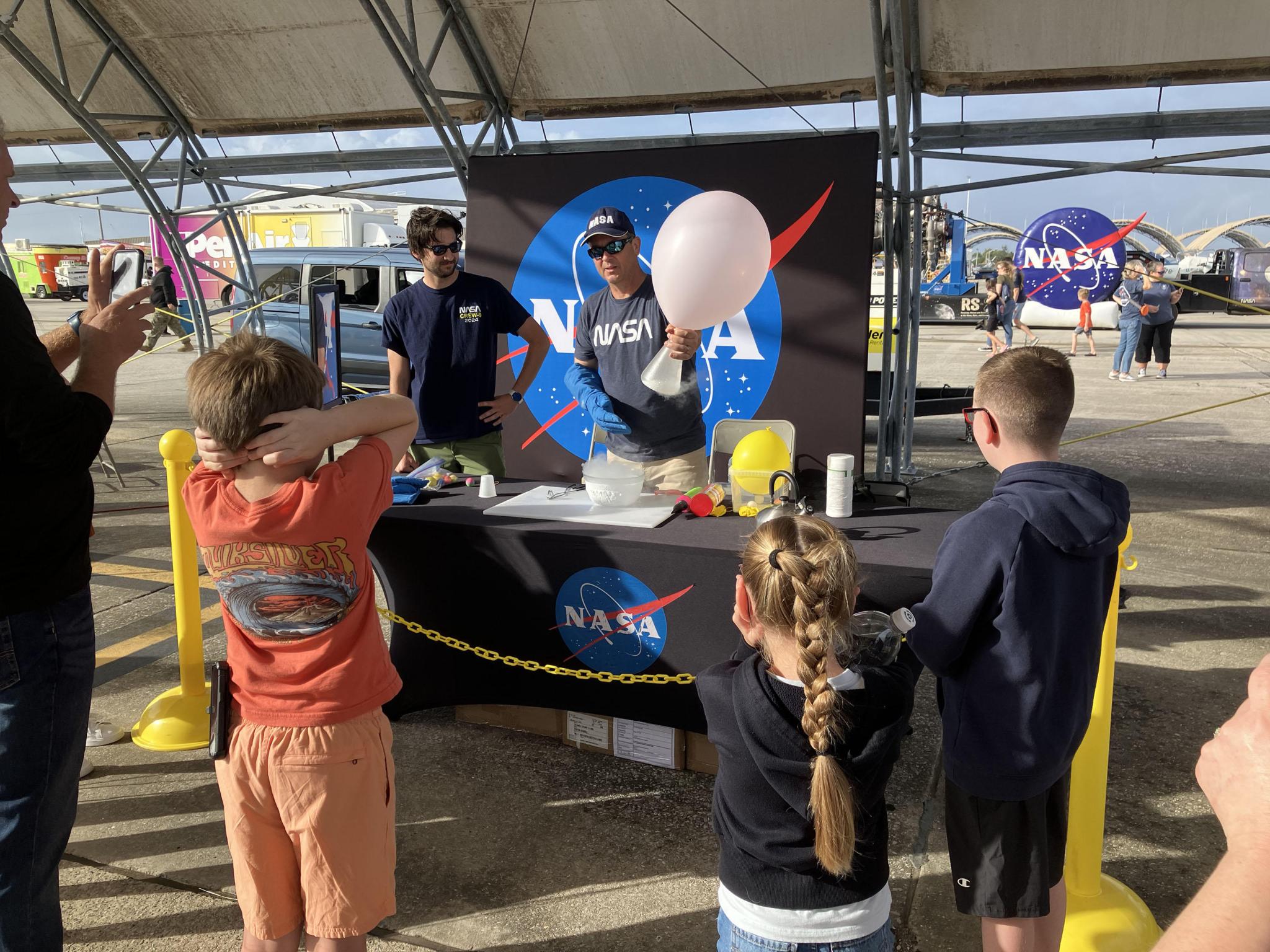
NASA representatives participated in a variety of outreach activities during the past year to create meaningful connections with the Artemis Generation.
The NASA ASTRO CAMP® Community Partners program, which originated at the south Mississippi NASA center, surpassed previous milestone marks in fiscal year 2024 by partnering with 373 community sites, including 50 outside the United States, to inspire youth, families, and educators.
NASA Stennis also supported STEM (science, technology, engineering, and mathematics) engagement during the year. It once again joined with NASA’s Robotics Alliance Project and co-sponsor Mississippi Power to support the second annual For the Inspiration and Recognition of Science and Technology (FIRST) Robotics Magnolia Regional Competition in Laurel, Mississippi. The event attracted 37 high school teams from eight states and one from Mexico.
The center also supported NASA activities during the 2024 total solar eclipse. In addition, it hosted informational efforts and exhibits at high-visibility events such as the 51st Annual Bayou Classic, and Essence Fest in New Orleans.
For information about NASA’s Stennis Space Center, visit:


























